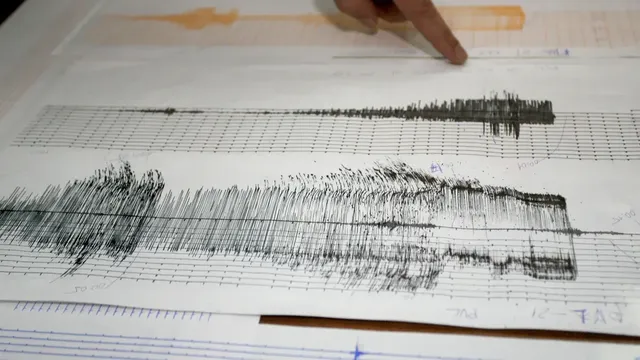Scientists in a lab in Russia's Far East resemble pathologists performing an autopsy, making incisions and taking samples carefully. The body they are dissecting is that of a small mammoth that died about 130,000 years ago, AFP reported.
The mammoth was discovered last and was named Jana, after the river basin in which it was found. The remains are in a preserved state, giving scientists a glimpse into the past and possibly the future as climate change thaws the permafrost in which the animal was found.
Jana's skin has retained its gray-brown color and tufts of reddish hairs. Her wrinkled proboscis is curved and points towards her mouth. The orbits of her eyes are completely recognizable, and her sturdy legs resemble those of a modern elephant.
This necropsy - an autopsy of an animal - "is an opportunity to peer into the past of our planet," said Artemiy Goncharov, head of the Laboratory of Functional Genomics and Proteomics of Microorganisms at the Institute of Experimental Medicine in St. Petersburg.
Scientists hope to discover unique ancient bacteria and perform genetic analysis of the plants and spores that Yana fed on to learn more about the place and time in which she lived.
The mammoth has escaped the ravages of time as it has lain encased in ice for thousands of years in the Sakha region of Siberia.
Measuring 1.2 metres at the shoulder, two metres long and weighing 180 kilogrammes, Yana is the best-preserved mammoth ever found, with preserved internal organs and soft tissues, Russian scientists say. | BGNES

 Breaking news
Breaking news
 Europe
Europe
 Bulgaria
Bulgaria







